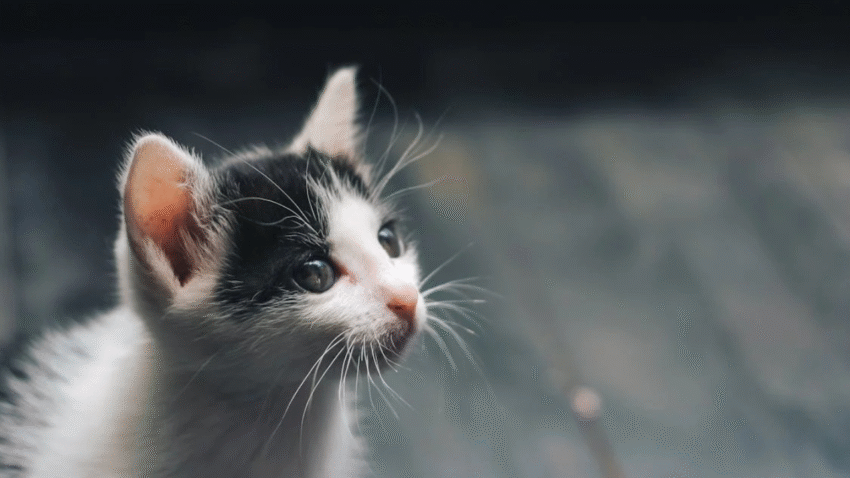Introduction
Wondering how to keep your cat’s food fresh and safe? Proper storage of dry and wet cat food not only preserves its nutritional value but also ensures your cat stays healthy and satisfied. In this guide, you’ll learn how to store both types of cat food the right way—protecting it from spoilage, pests, and contamination while maintaining taste and texture.
Why Storing Cat Food Properly Matters
Proper storage of cat food is essential to avoid nutrient degradation, mold growth, bacterial contamination, and even pest infestations. Fresh food equals a healthy cat—old or improperly stored food can lead to vomiting, diarrhea, or refusal to eat. Whether you feed dry kibble or wet canned food, using the right storage practices keeps it fresher longer, saves money, and ensures your cat is getting the food as intended by the manufacturer.
Step-by-Step Guide to Storing Dry and Wet Cat Food
Storing Dry Cat Food
1. Keep It in Its Original Packaging
- The original bag is designed to keep air, moisture, and light out.
- It often contains a fat barrier that prevents kibble from becoming rancid.
- Roll the top down tightly and secure with a clip after each use.
2. Use an Airtight Container
- Place the entire bag inside an airtight container (plastic or metal).
- This adds an extra layer of protection while preserving the printed expiration date and lot number.
- Store the container in a cool, dry place away from sunlight—like a pantry or cabinet.
3. Avoid Pouring Kibble Directly into the Container
- Pouring the food out can leave behind crumbs and oils that go stale over time, affecting the next batch.
- Always wash and dry the container thoroughly before refilling with a new bag.
4. Monitor the Expiration Date
- Dry food typically lasts 4–6 weeks after opening, even if stored correctly.
- Buy only what your cat can eat within that window to avoid waste.
Storing Wet Cat Food
1. Store Unopened Cans in a Cool, Dry Place
- Cans should be kept away from direct sunlight and temperature fluctuations.
- A cupboard or pantry is ideal—avoid garages or outdoor sheds.
2. Refrigerate Opened Cans Immediately
- Once opened, cover the can with a tight-fitting lid or plastic wrap.
- Store in the refrigerator and use within 24–48 hours for best freshness and safety.
3. Use Ceramic or Glass Containers
- If transferring to another dish, choose glass or ceramic containers with airtight lids.
- These materials don’t absorb food odors and are easy to clean.
4. Warm It Up Before Serving
- Take refrigerated wet food out 15 minutes before mealtime to let it reach room temperature.
- Cats often reject cold food, so warming slightly can boost appetite (never microwave metal cans!).
Common Mistakes to Avoid
- Leaving Food Unsealed: Exposing food to air causes it to go stale or spoil faster.
- Storing in Hot or Humid Areas: Heat and moisture promote mold and bacteria growth.
- Mixing Old and New Food: Always clean containers before adding a new batch to avoid contamination.
- Using Expired Food: Expired food loses nutritional value and may make your cat sick.
- Not Checking for Mold or Odor: If dry or wet food smells off or looks odd, toss it immediately.
Extra Tips & Recommendations
- Label Your Containers: Write the date you opened the food on a label to keep track of freshness.
- Invest in Silicone Can Lids: These are reusable, airtight, and fit most cat food cans.
- Keep Food Off the Floor: Use shelving or elevated storage to keep food away from pests and moisture.
- Rotate Your Stock: Use older food first before opening new bags or cans.
Conclusion
Keeping your cat’s food fresh is a simple but powerful way to protect their health and ensure mealtime is enjoyable. With a few smart storage practices—like sealing, cooling, and labeling—you’ll get the most out of every bag or can. Fresh food means a happy, healthy cat, so store smart and feed with confidence.
🐾 Love these practical tips? Stick with us for more cat care guides!
